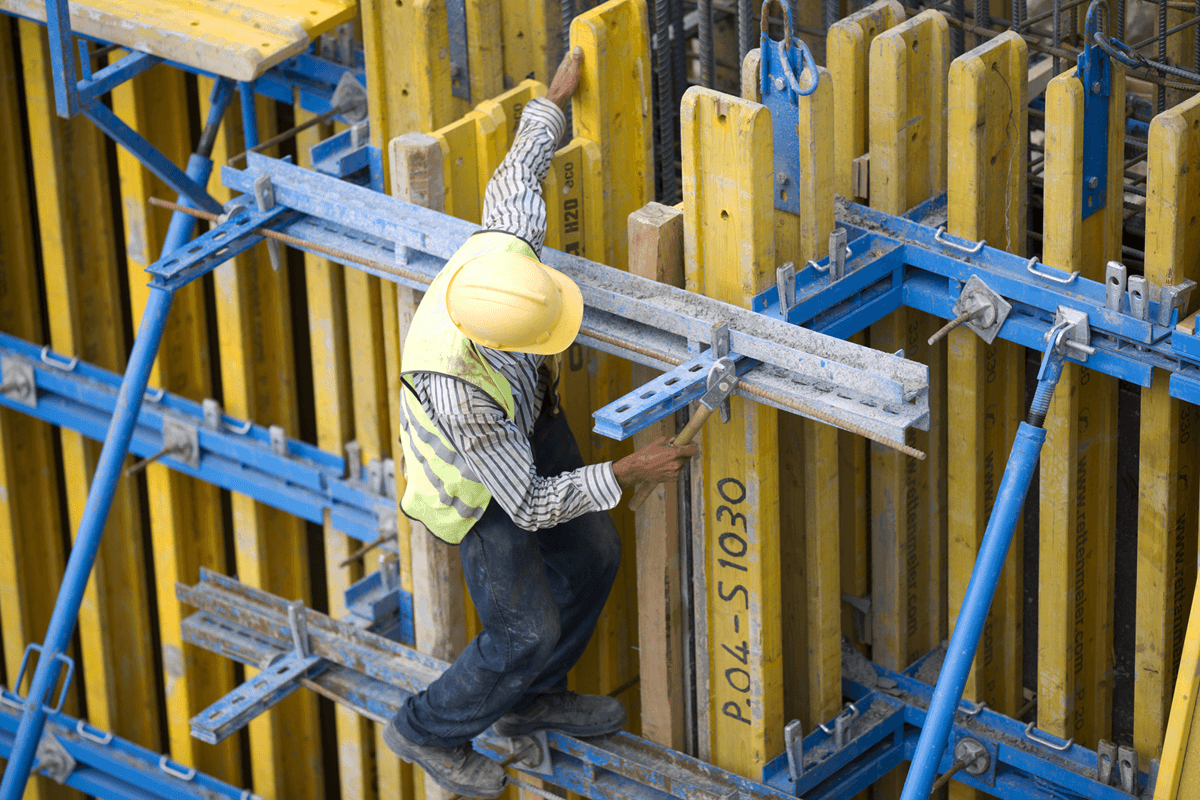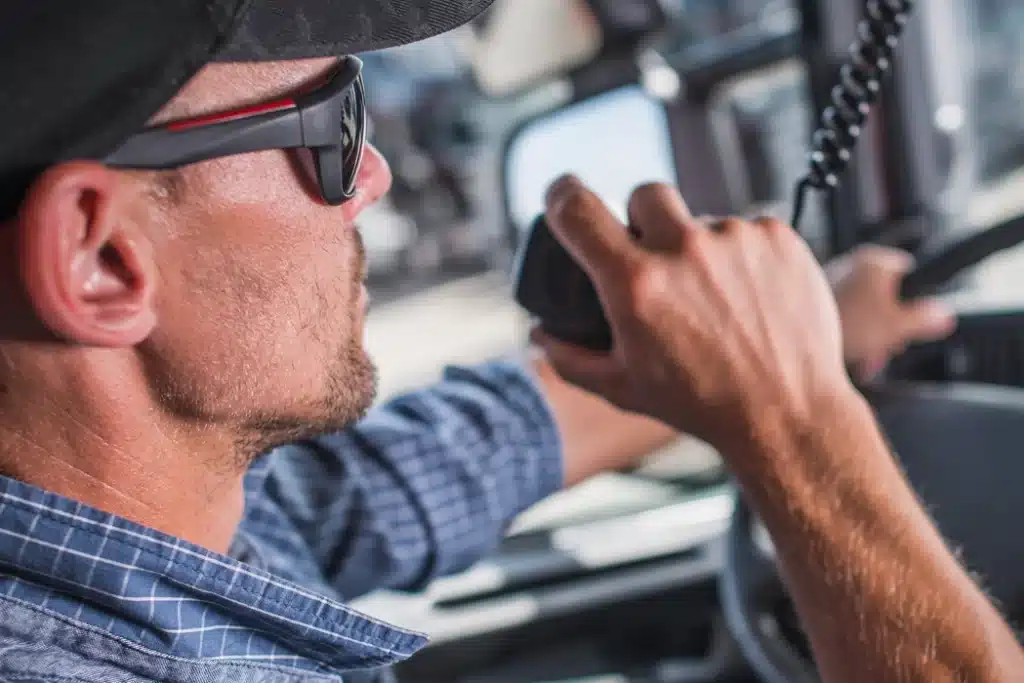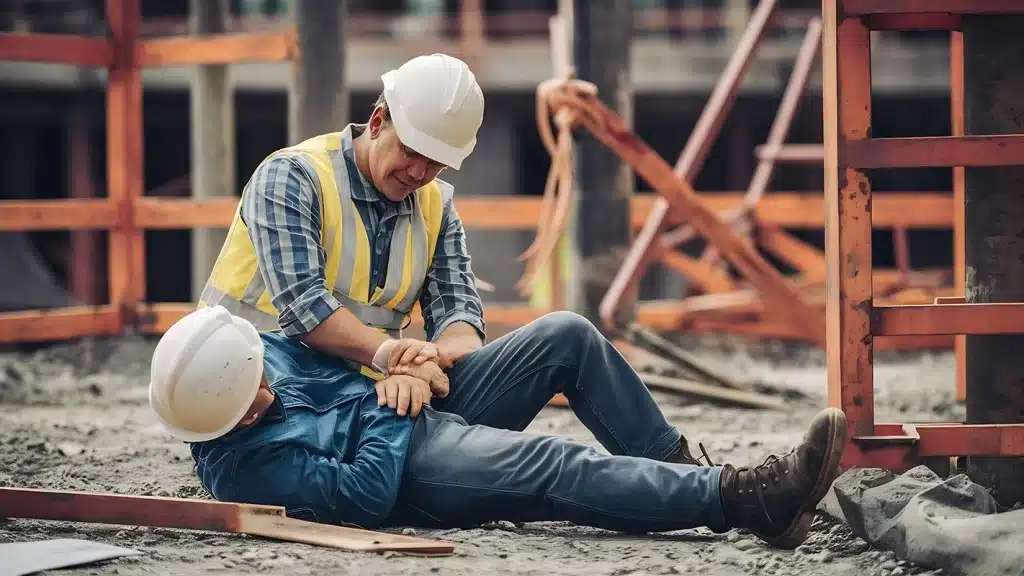Just recently was the National Day of Mourning in Canada, where every April 28 we pause to reflect on those that have lost their lives or suffered a major injury in a work-related tragedy, like a construction site fall. The Canadian flag flew at half-mast and many workers paused for a moment of silence. It was also a chance to consider steps that can be taken to prevent injuries.
Over 40,000 Workplace Injuries Each Year
Canada’s Association of Workers’ Compensation Boards says that more than 40,000 workers get injured in falls each year and other statistics show the construction industry is a major culprit, accounting for more than 7,000 of those falls. Falls are caused by poor lighting, slippery surfaces, messy conditions, missing guardrails, faulty ladders or scaffolds, and missing or misused fall-protection equipment. Employers should take every reasonable step to prevent construction site falls.
Preventing Construction Site Falls
The Ontario Ministry of Labour offers a handy list of suggestions to prevent construction site falls, and many of these efforts are required by law. For example, guardrails must be installed anytime a worker could fall more than three meters, into operating machinery, or through an opening in the work surface. If a guardrail cannot be installed (on a roof, for example), then some sort of travel restraint, fall restricting system, or safety net must be installed. Workers on scaffolds must have a full body harness and ladders must be clear of obstructions and secured at the top and bottom to prevent movement. Employers are responsible for taking precautions to protect their workers, while workers must utilize the safety equipment as required and report any defects.
Connected Safety Monitoring
In addition to preventing falls, companies should take steps to mitigate the harm by improving communication, especially with workers that may at times be out of their coworkers’ sight. Connected safety monitoring of the best mitigation practices available for construction site falls, such as the Lone Defender. The Lone Defender is a rugged, handheld device that a worker can carry around the work site. It contains a built-in GPS, panic button, automatic emergency detection, two-way communication, and an RFID tag scanner.
Lone Worker Protection
All those features can have great benefits for a worker that suffers a construction site fall, especially when working alone. Employers can track employee movements by GPS to ensure they always know where their employees are. In the case of a fall, the Lone Defender’s panic button can trigger an alert and the two-way communication can allow the worker to share information with emergency crews. Perhaps most importantly, the device comes with an automatic man-down detection system that will recognize that a worker has fallen and not gotten back up. Supervisors can see the alert and attempt to check in on the lone worker through the communication system. If the worker needs help or is unresponsive, help can be sent to the GPS coordinates. In some cases, immediate detection of a construction site fall can be the difference between life and death.
Image by Freestockcenter – Freepik.com







































